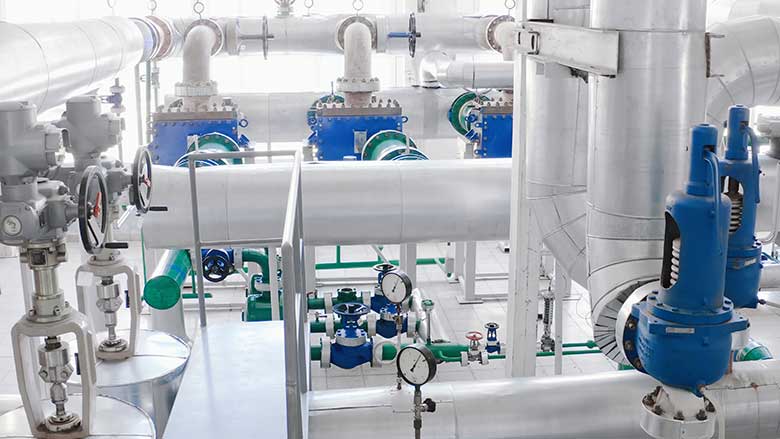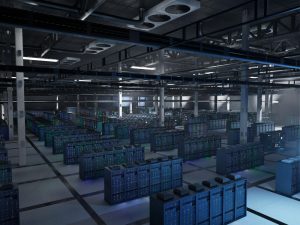Poor planning and execution in the installation of a heating system will only generate problems in the short, medium, and long term. In this context, it is essential to design, from the beginning, the ideal configuration for this type of large-scale installation.
Digital controls in the management of large steam boilers, as well as all their components and the pipes themselves, meet the primary needs of large industries. A clear example is to guarantee occupational health, preventing the release of combustion gases or vapors that could endanger the safety of collaborators.
Likewise, controls that already have obsolescence and insecurity in their management and protection of facilities will increase the probability of workplace accidents and other potential accidents due to inefficiency in the management and care of each component.
Regarding more technical issues and productive and energy efficiency, adequate controls for entire industrial water heater systems will help obtain better management of the variables that arise in a combustion process for domestic hot water, or other industrialized applications. Likewise, failures in steam demand will be preceded by a loss in quality in the digital controls of a heating system, which can subsequently lead to non-compliance with quality regulations, at least from a standardized point of view.
In general, many factors can be resolved in a good way by optimal controls, whether to avoid costly stoppages or even total stoppages and also in energy efficiency, a topic in vogue for the benefit of all SMEs and large companies.
The monitoring of the industrial water heater in air-gas combustion must meet the requested efficiency in the steam production requirements in any relevant plant. It is normal that, in such procedures, the start and stop procedures are the necessary technical foundations to start thinking about a safe and reliable installation.
Analog monitors are already outdated, and although in some digital systems there may be manual attachments, the reality is that microprocessors are the key to good management of interlocks. The objectives of the control system within a steam boiler network, it is essential to understand some basic points:
- Make the industrial heater provide steam supply, according to the pressure and temperature parameters, where the flow must be constant to guarantee service at all times.
- The operation of the industrial water heater must be continuous with the relevant safety levels, trying to promote savings in the fuel used for the entire installation.
- That the starts and stops are executed most reliably, always monitoring and detecting potential unsafe conditions, to make the best decisions in case of the need to reverse the circumstances for the good of all.
- Adjustments in fuel loads must be based on air flows and their impact on the boiler supply, starting from the same burner components of the system, whether fuel oil or gas and even if they are in operation. Likewise, the air adjustments are related to the loads of the same fuel, where the stoichiometric air adjustment will have to be adaptable to the operation of gas or fuel oil, as the case may be.
- The digital monitoring screens in the operating process of an industrial water heater should show bifurcated results in two main parameters: fuel savings and downtime of the heating system due to failures. These parameters are comparable with other control mechanisms, to check which is the best in precision.
In conclusion, the parameters crossed into precise information from a digitalized PLC panel can provide substantial savings in gas or fuel oil, having clear control over all the variables that are presented in the readings, through the use of advanced technologies, and thus, promote the safety, energy efficiency, and ductility that a heating network can potentially offer; Safety, above all, in this type of facilities.




